Aesculus hippocastanum L. |
| |
|
|
Botanical Name |
: |
Aesculus hippocastanum L. |
English
Name |
: |
Common Horse-chestnut |
Family |
: |
Sapindaceae |
| |
General Info
| Description |
 |
|
A large deciduous tree grows to 36 m tall, with a domed crown of stout branches, on old trees the outer branches often pendulous with curled-up tips. The leaves are opposite and palmately compound, with 5-7 leaflets; each leaflet is 10-25 cm long, making the whole leaf up to 50 cm across, with a 20 cm petiole. The flowers are white with a small red spot; they are produced in spring in erect panicles 10-20 cm tall with about 20-50 flowers on each panicle. Usually only 1-5 fruit develop on each panicle; the fruit is a green, softly spiky capsule containing one (rarely two or three) nut-like seeds called horse chestnuts and also known as conkers. Each conker is 2-4 cm diameter, glossy nut-brown with a whitish scar at the base. |
| Herb Effects |
 |
|
Alterative, analgesic, haemostatic and vulnerary (plant); anti-inflammatory, astringent, diuretic, febrifuge, narcotic, tonic and vasoconstrictive (bark); decongestant, expectorant and tonic (seeds) |
Chemistry
| Active Ingredients |
 |
|
Acetic acid (seed); adenine, adenosine, astragalin, choline, isoquercitrin, rutin, tannin (flower); allantoin, citric acid, epicatechin, escin, esculetin, esculin, faraxetin, fraxin, quercetin, quercitrin, scopoletin, scopolin (bark); myricetin (plant) |
| Chemistry
of Active Ingredients |
 |
|
|
 |
Name |
CAS# |
IUPAC Name |
Formula |
Structure |
 |
|
| Acetic acid |
77671-22-8 |
acetic acid |
C2H4O2 |
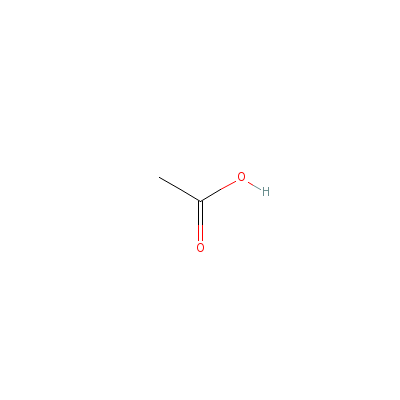
|
| Adenine |
5426-35-7 |
7H-purin-6-amine |
C5H5N5 |

|
| Adenosine |
Not Available |
2-(6-aminopurin-9-yl
)-5-(hydroxymethyl)o
xolane-3,4-diol |
C10H13N5O4 |
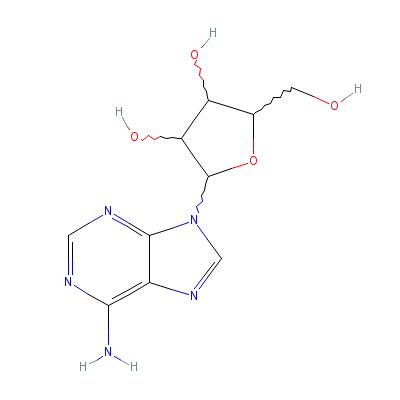
|
| Astragalin |
480-10-4 |
4,5-dihydroxy-2-(4-h
ydroxyphenyl)-3-[3,4
,5-trihydroxy-6-(hyd
roxymethyl
)oxan-2-
yl]oxy-chromen-7-one |
C21H20O11 |
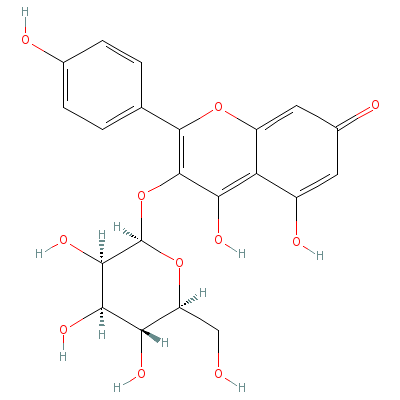
|
| Choline |
67-48-1 |
2-hydroxyethyl-trime
thyl-ammonium |
C5H14NO+ |
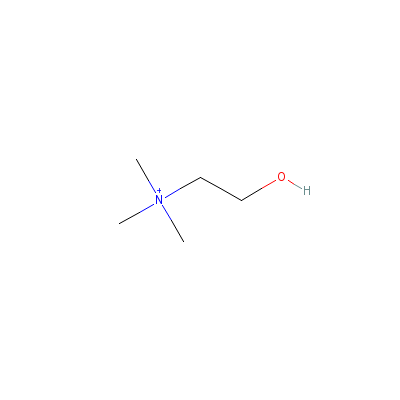
|
| Isoquercitrin |
21637-25-2 |
3-[5-(1,2-dihydroxye
thyl)-3,4-dihydroxy-
oxolan-2-yl]oxy-2-(3
,4-dihydro
xyphenyl
)-4,5-dihydroxy-chro
men-7-one |
C21H20O12 |

|
| Rutin |
Not Available |
2-(3,4-dihydroxyphen
yl)-4,5-dihydroxy-3-
[3,4,5-trihydroxy-6-
[(3,4,5-tr
ihydroxy
-6-methyl-tetrahydro
pyran-2-yl)oxymethyl
]tetrahydropyran-2-y
l]
oxy-chromen-7-on
e trihydrate |
C27H36O19 |
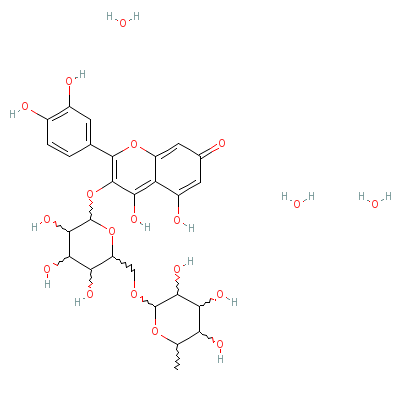
|
| Tannin |
1401-55-4 |
Not Available |
C27H22O18 |
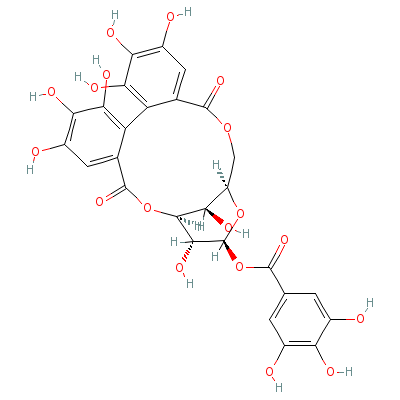
|
| Allantoin |
97-59-6 |
(2,5-dioxoimidazolid
in-4-yl)urea |
C4H6N4O3 |
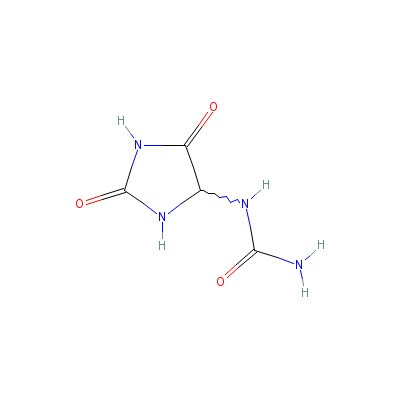
|
| Citric acid |
Not Available |
2-hydroxypropane-1,2
,3-tricarboxylic
acid |
C6H8O7 |
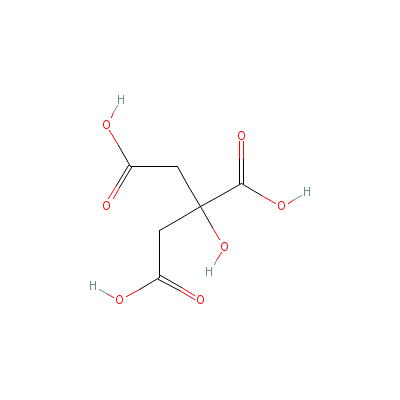
|
| Epicatechin |
490-46-0 |
2-(3,4-dihydroxyphen
yl)chroman-3,5,7-tri
ol |
C15H14O6 |
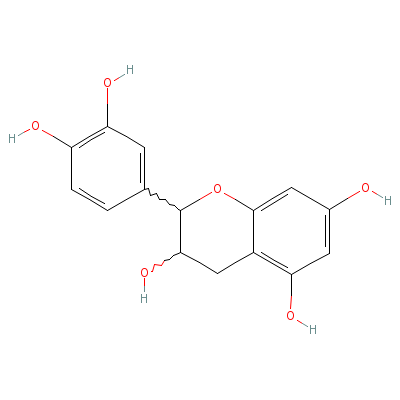
|
| Escin |
Not Available |
Not Available |
C54H84O23 |
|
| Esculetin |
Not Available |
2,6-dihydroxychromen
-7-one |
C9H6O4 |

|
| Esculin |
97882-87-6 |
2-hydroxy-6-[3,4,5-t
rihydroxy-6-(hydroxy
methyl)oxan-2-yl]oxy
-chromen-7
-one |
C15H16O9 |
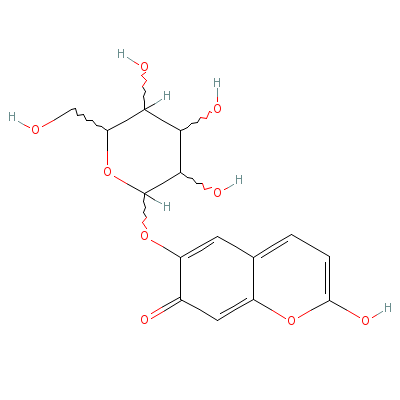
|
| Fraxin |
524-30-1 |
7-hydroxy-6-methoxy-
8-[(2S,3R,4S,5R,6R)-
3,4,5-trihydroxy-6-(
hydroxymet
hyl)oxan
-2-yl]oxy-chromen-2-
one |
C16H18O10 |

|
| Quercetin |
Not Available |
2-(3,4-dihydroxyphen
yl)-3,4,5-trihydroxy
-chromen-7-one |
C15H10O7 |
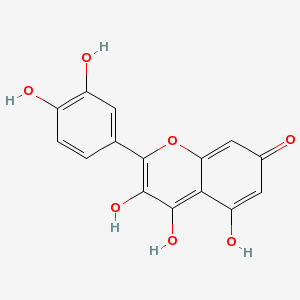
|
| Quercitrin |
6151-25-3 |
2-(3,4-dihydroxyphen
yl)-4,5-dihydroxy-3-
(3,4,5-trihydroxy-6-
methyl-oxa
n-2-yl)o
xy-chromen-7-one |
C21H20O11 |
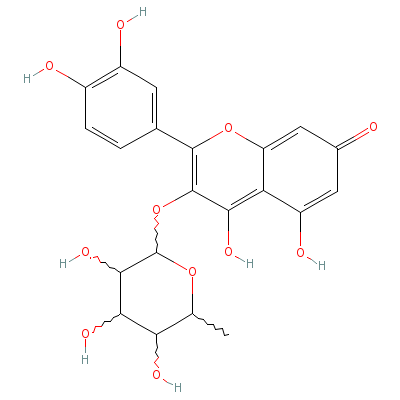
|
| Scopoletin |
92-61-5 |
2-hydroxy-6-methoxy-
chromen-7-one |
C10H8O4 |
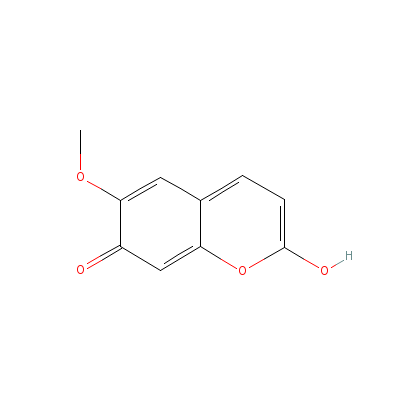
|
| Scopolin |
531-44-2 |
6-methoxy-7-[3,4,5-t
rihydroxy-6-(hydroxy
methyl)oxan-2-yl]oxy
-chromen-2
-one |
C16H18O9 |
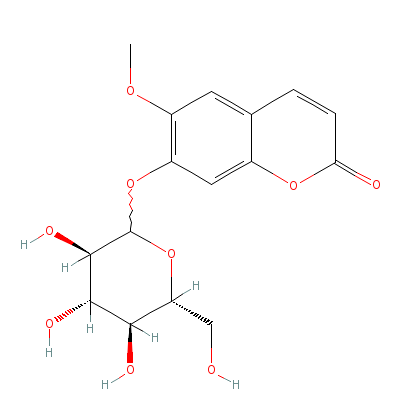
|
| Myricetin |
529-44-2 |
3,4,5-trihydroxy-2-(
3,4,5-trihydroxyphen
yl)-chromen-7-one |
C15H10O8 |
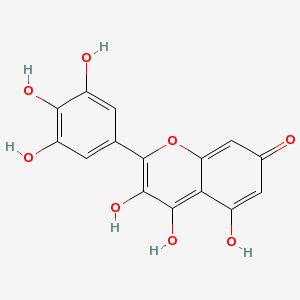
|
|
Pharmacology
| Medicinal Use |
 |
|
Reduces fluid retention by increasing the permeability of the capillaries and allowing the re-absorption of excess fluid back into the circulatory system, for the treatment of a wide range of venous diseases, including hardening of the arteries, varicose veins, phlebitis, leg ulcers, haemorrhoids and frostbite (plant); in the treatment of malaria and dysentery, externally in the treatment of lupus and skin ulcers (tea from bark); fevers and whooping cough (leaves); in the treatment of rheumatism, neuralgia and haemorrhoids (seeds) |
| Contraindication |
 |
|
Because of the irritant effect of the saponins, horse chestnut should not be applied to broken or ulcerated skin. |
Dealers
Products
|
|